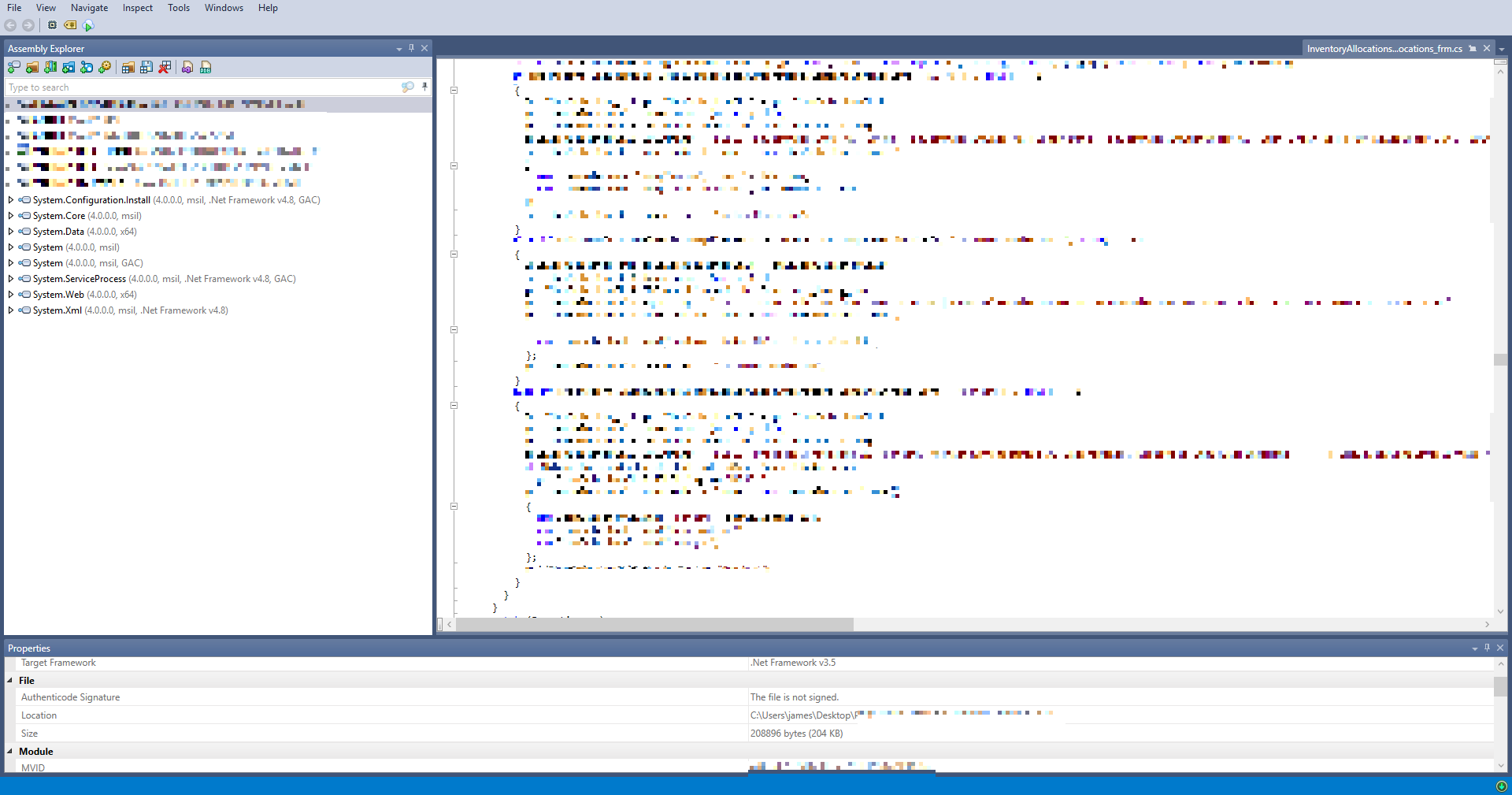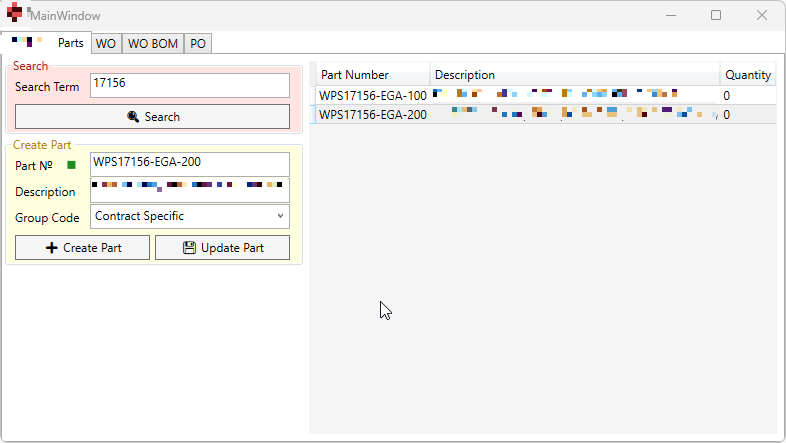Creating Part Numbers via Reverse Engineering
Summary of the Problem
At the time of writing (May 2025), the company I work for uses a production control software to, among other things, manage the company's part inventory. For the sake of anonymity, lets call this software Advancement Systems. As a member of the engineering team, I frequently need to create and update parts to reflect my contract-specific arrangements and designs.
The issue is that we have a finite number of floating licenses (<30) for a company which currently has circa 200 employees, many of whom need access to the system. As such, logging on can be difficult and time consuming; I usually need to ask around for someone to temporarily log off to open up a space.
Reverse Engineering a Solution
My usage requirements of the system are very limited. Most of the time, I'm following the standard CRUD operations below:
- Creating new part entries (number & description pair),
- querying to see if certain parts exist, and obtaining their descriptions to be used in other areas of work, and
- updating my part descriptions to reflect design changes.
All of the functionality I need can be encapsulated as simple reads, writes, and edits to and from the company database that the Advancement Systems applications is linked to.
So, having access to the applications source files, I used Jetbrains dotPeek to decompile the source code and reverse engineer its interaction with the database.

The dotPeek interface displaying decompiled source code. All code and identifying information has been blurred out.
After a couple of evenings of surfing through a seemingly infinite number of obscurely-named classes, I was able to reconstruct all of the database interaction logic which, in addition to basic SQL read and write commands, also logged changes and called additional SQL scripts that I had not previously known about.
I then rewrote this functionality as a standalone C# tool:
 While I was at it, I also added some additional functionality such as querying additional purchase order information.
While I was at it, I also added some additional functionality such as querying additional purchase order information.
Conclusion
My application vastly reduces reliance on Advancement Systems application to get my work done, which in turn curtails time wasted trying to get access when all the floating licenses are checked out to other colleagues.
I learnt a lot developing it and reverse engineering its requirements. I use it on a daily basis and every time I do, I get rewarding with a personal sense of satisfaction.